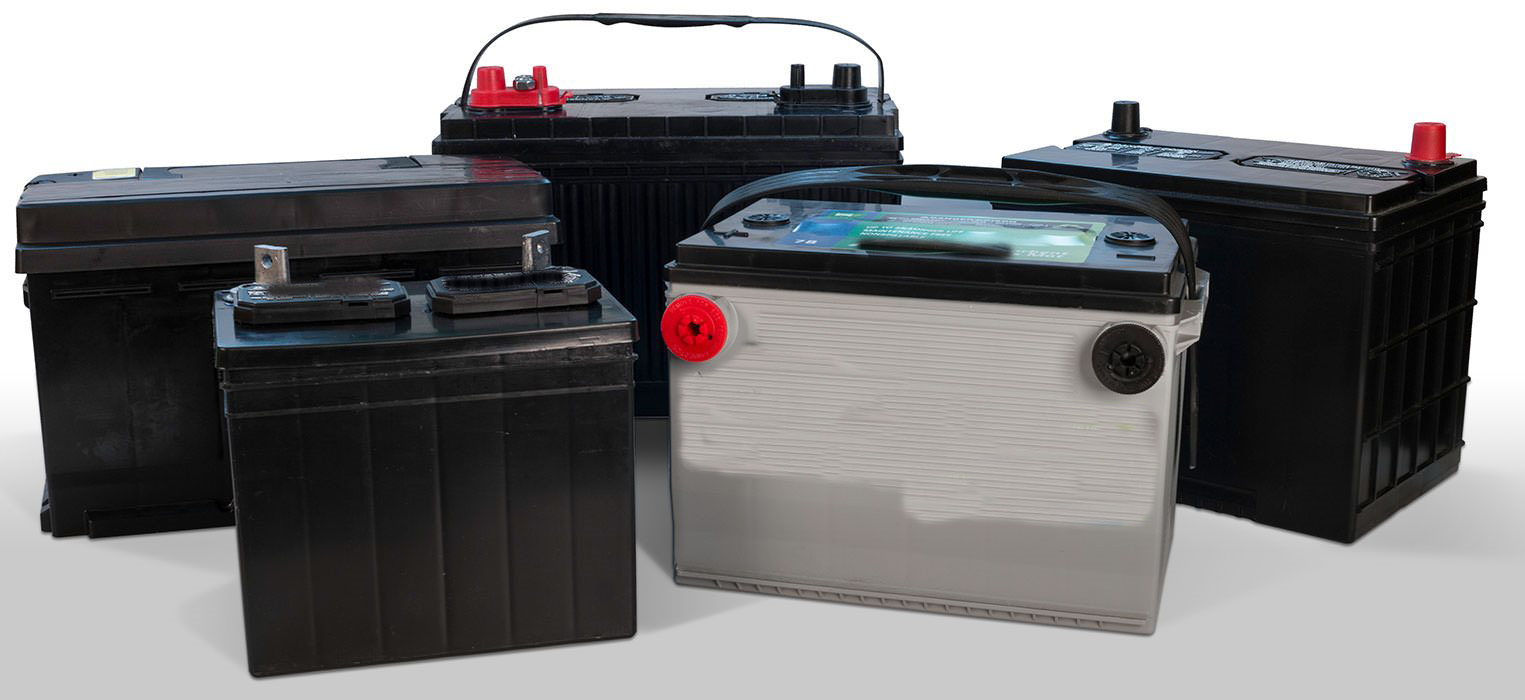Battery Ratings
To determine the battery ratings, following standards have been adopted, both by industry and government organisations to get a fair picture of battery quantity :
1. Ampere-hour Capacity:
Ampere Hour capacity of a battery is a function of the total plate area i.e. size of the individual plate multiplied by the number of plates. For measuring this capacity, the battery is discharged continuously for 20 hours and its current output supplied to a standard load is measured. Suppose that a battery delivers 4A current for 20 hours. Hence, its rating is 80 Ah which is stamped on the battery case.
2. Reserve Capacity :
It is one of the newly-developed rating standards and is more realistic because it provides a double-check on the Ah figures. The capacity is given by the number of minutes a battery will tolerate a 25 A drain without dropping below 10.5 V. Higher this rating, better the battery.
AdBlock-2
3. Zero Cranking Power:
It was the first cold weather rating and is applicable in relation to crafts which ply in freezing weather. This zero-degree performance test gives a valuable insight into battery quality. Large batteries are tested at a 300 A drain with battery chilled to − 18°C (0°F) whereas smaller sizes are tested at half this value.
This test consists of two part
(a) The battery is first chilled to − 18°C (0°F) and the load applied for 5 second. Meanwhile, the voltage output is recorded. It is the first part of the zero-cranking power rating.
(b) The test is continued further till voltage drops to 5 V. The number of minutes it takes to reduce the voltage to 5 V forms the second half of the rating. Higher both the digits, better the battery quality.
4. Cold Cranking Power :
This simple rating is applied to all 12-V storage batteries regardless of their size. The battery is loaded at − 18°C (0°F) till the total voltage drops to 7.2 V. The output current in amperes is measured for 30 seconds. Higher the output, better the battery.
Read article – Ampere Hour capacity
Visit NCERTplanet.com for NCERT solutions and Textbook downloads




